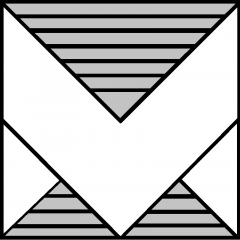What’s New in VMware Cloud Foundation 9.0.1: An Enterprise Perspective – GiovanniDominoni.it
What’s New in VMware Cloud Foundation 9.0.1: An…
VMware | What’s New in VMware Cloud Foundation 9.0.1: An Enterprise Perspective. Broadcom announced the general availability (GA) of VMware Cloud Foundation 9.0 on June 17th, 2025, and has now followed up with the release of VMware Cloud Foundation 9.0.1 GA. These maintenance releases are […]










